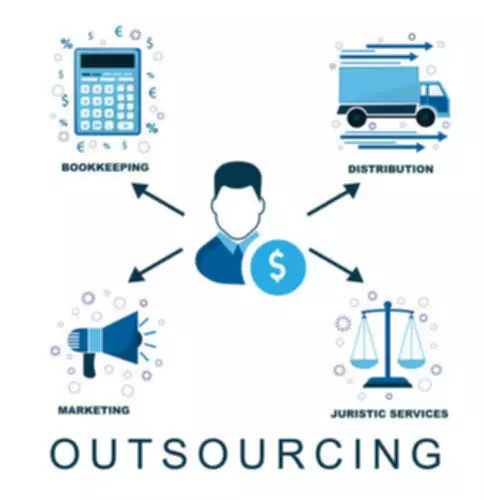Content

These types of leveraged positions occur all the time in financial markets. For example, Apple (AAPL) issued $4.7 billion of Green Bonds for the third time in March 2022. By using debt funding, Apple could expand low-carbon manufacturing and create recycling opportunities while using carbon-free aluminum. A strategy like this works when greater revenue is generated compared to the cost of the bonds. Consumer Leverage is derived by dividing a household’s debt by its disposable income.
However, more profit is retained by the owners as their stake in the company is not diluted among a large number of shareholders. If the investor only puts 20% down, they borrow the remaining 80% of the cost to acquire the property from a lender. Then, the investor attempts to rent the property out, using rental income to pay the principal and debt due each month. If the investor can cover its obligation by the income it receives, it has successfully utilized leverage to gain personal resources (i.e. ownership of the house) and potential residual income. There is an entire suite of leverage financial ratios used to calculate how much debt a company is leveraging in an attempt to maximize profits. Being highly leveraged can directly affect current and future cash flow levels due to the principal and interest payments you’ll be required to pay for any loans.
Leverage Definition
A company can subtract the total debt-to-total-assets ratio by 1 to find the equity-to-assets ratio. If the debt-to-assets ratio is high, a company has relied on leverage to finance its assets. It shows the ratio of the company’s total assets to the part owned by shareholders. The higher the ratio, the more debt a company uses in its capital structure. If you’re looking to secure funding or just want a better understanding of how your business might fare going forward, it’s important you have a grasp on your leverage ratios. These figures can be very telling into your company’s health, potential, and ability to deliver on its financial obligations.
- For example, lenders often set debt-to-income limitations when households apply for mortgage loans.
- High operating leverages indicate that if a company were to run into trouble, it would find it more difficult to turn a profit because the company’s fixed costs are relatively high.
- When you do this with leverage, it means that most of the capital is put up by your broker, with you putting down a deposit worth a fraction of the trade size in order to open a larger position.
- A reluctance or inability to borrow may be a sign that operating margins are tight.
- If you’re looking to secure funding or just want a better understanding of how your business might fare going forward, it’s important you have a grasp on your leverage ratios.
- For banks, the tier 1 leverage ratio is most commonly used by regulators.
- Essentially, instead of issuing stock to raise capital to fund certain business operations, a company can use debt financing to increase shareholder value.
DuPont analysis uses the equity multiplier to measure financial leverage. One can calculate the equity multiplier by dividing a firm’s total assets by its total equity. Once figured, multiply the total financial leverage by the total asset turnover and the profit margin to produce the return on equity. The point and result of financial leverage is to multiply the potential returns from a project.
Financial Leverage: Formula & Calculation
Because the new location could increase appliance sales and market reach, the appliance retailer can justify financing the purchase instead of using its equity. Basically, the appliance retailer what is financial leverage is banking on being able to grow the company without dipping into its own assets. A “highly leveraged” company is one that has taken on significant debt to finance its operations.
Higher capital requirements can reduce dividends or dilute share value if more shares are issued. There are several ways that individuals, and companies can boost their equity base. While borrowing money may allow for growth by, for example, allowing entities to purchase assets, there are risks involved. As such, it’s important to compared the advantages and disadvantages, and determine whether financial leverage truly makes sense. Every investor and company will have a personal preference for what makes a good financial leverage ratio.